In an extraordinary event that bridged the gap between Earth and space, NASA astronaut Jeanette Epps connected with the brightest young minds in science during the Regeneron International Science and Engineering Fair (ISEF) 2024. Speaking live from the International Space Station, Epps engaged in a captivating Q&A session with the finalists, offering a unique perspective on scientific exploration and inspiring the next generation of innovators.
This remarkable interaction not only highlighted the cutting-edge research being conducted in space but also demonstrated the boundless possibilities awaiting these young scientists as they pursue their dreams of pushing the frontiers of human knowledge.
Regeneron International Science and Engineering Fair (ISEF)
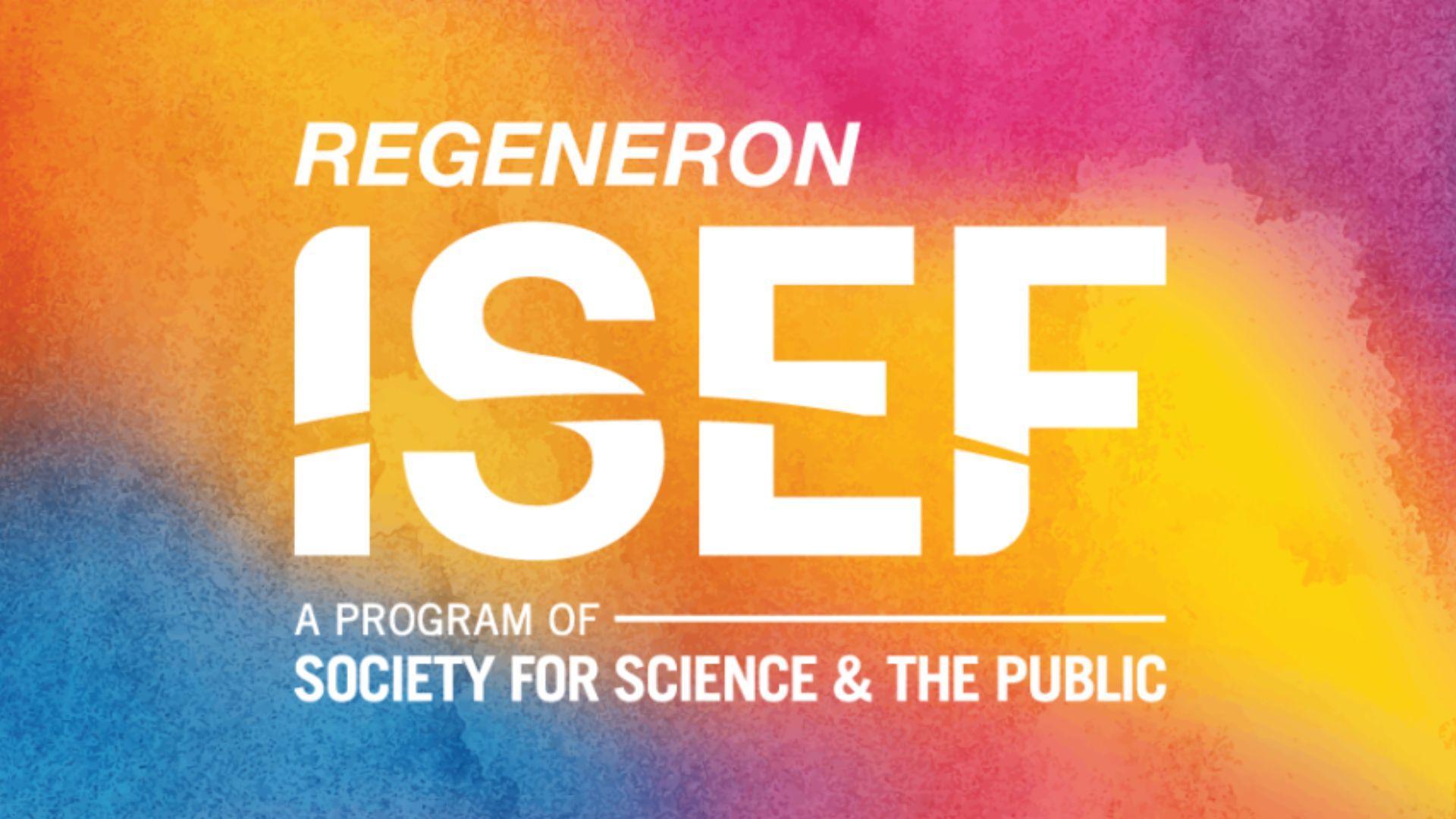
The Renegon ISEF is the largest pre-college STEM competition, which brings roughly 2,000 scientists from around the globe annually. It was last held at the Los Angeles Convention Center, which featured participants from 49 U.S. states and 70 countries. The showcase displayed innovation across multiple scientific disciplines, with over $9 million in awards distributed.
Beyond project presentations, ISEF offers networking events, expert panels, and cultural exchanges like the Student Pin Exchange. The competition serves as a platform for young scientists to engage with peers, industry leaders, and even astronauts, fostering a global community of future STEM innovators.
Who is Jeanette Epps?
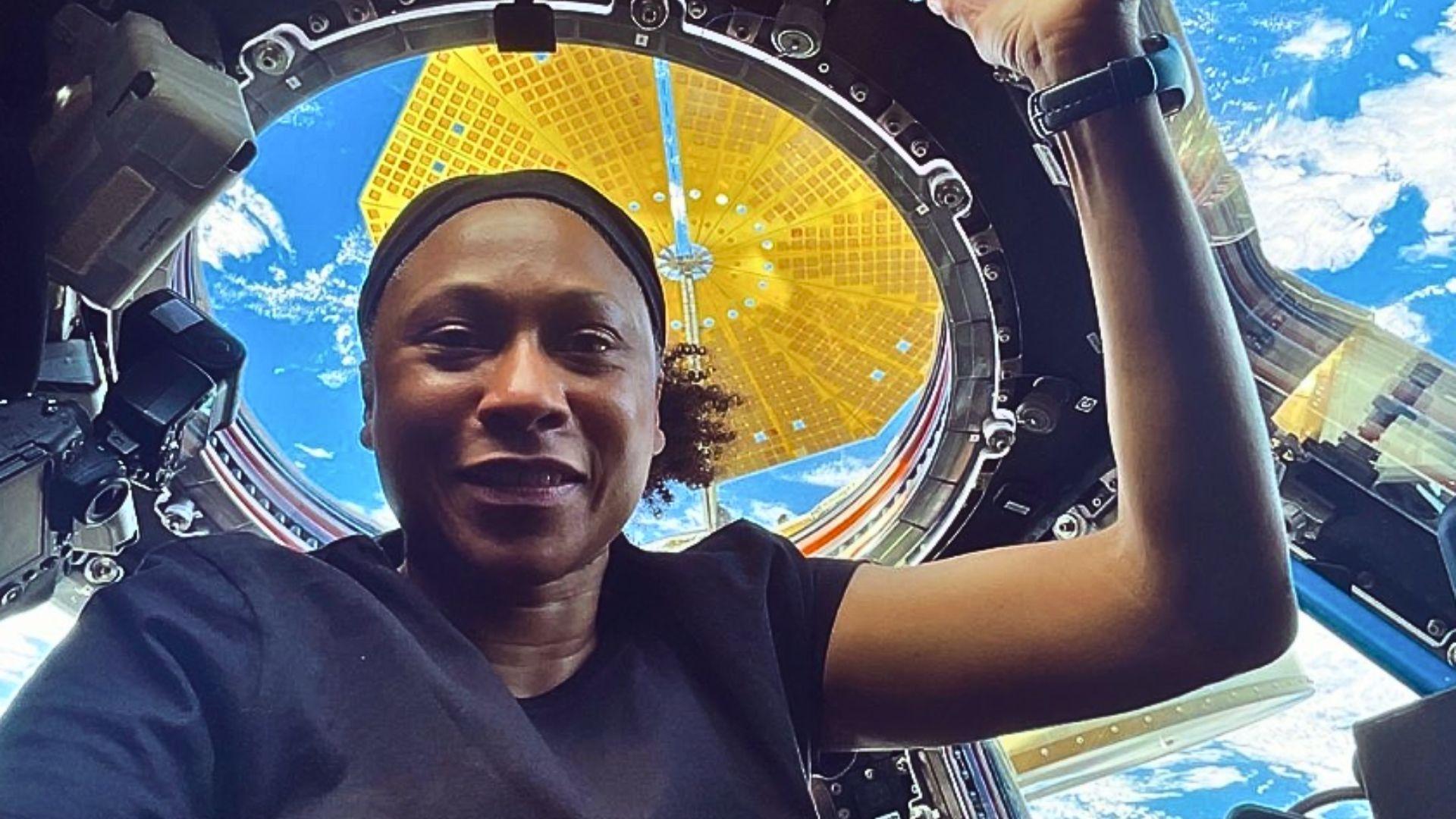
Jeanette is a NASA astronaut who is currently serving as flight engineer on the International Space Station as a part of NASA’s SpaceX Crew Eight mission. She previously worked at Ford Motor Company, which greatly enhanced her technical knowledge and improved her operational skills.
Her six-month mission on the ISS involves conducting various scientific experiments, particularly focusing on human exploration research. Epps is also the Japanese Experiment Module (JEM) specialist, potentially operating the Japanese robotic arm for external experiments. Her story of perseverance in pursuing her astronaut dream inspires young scientists to overcome doubts and pursue their goals.
Live Q&A Session from the International Space Station
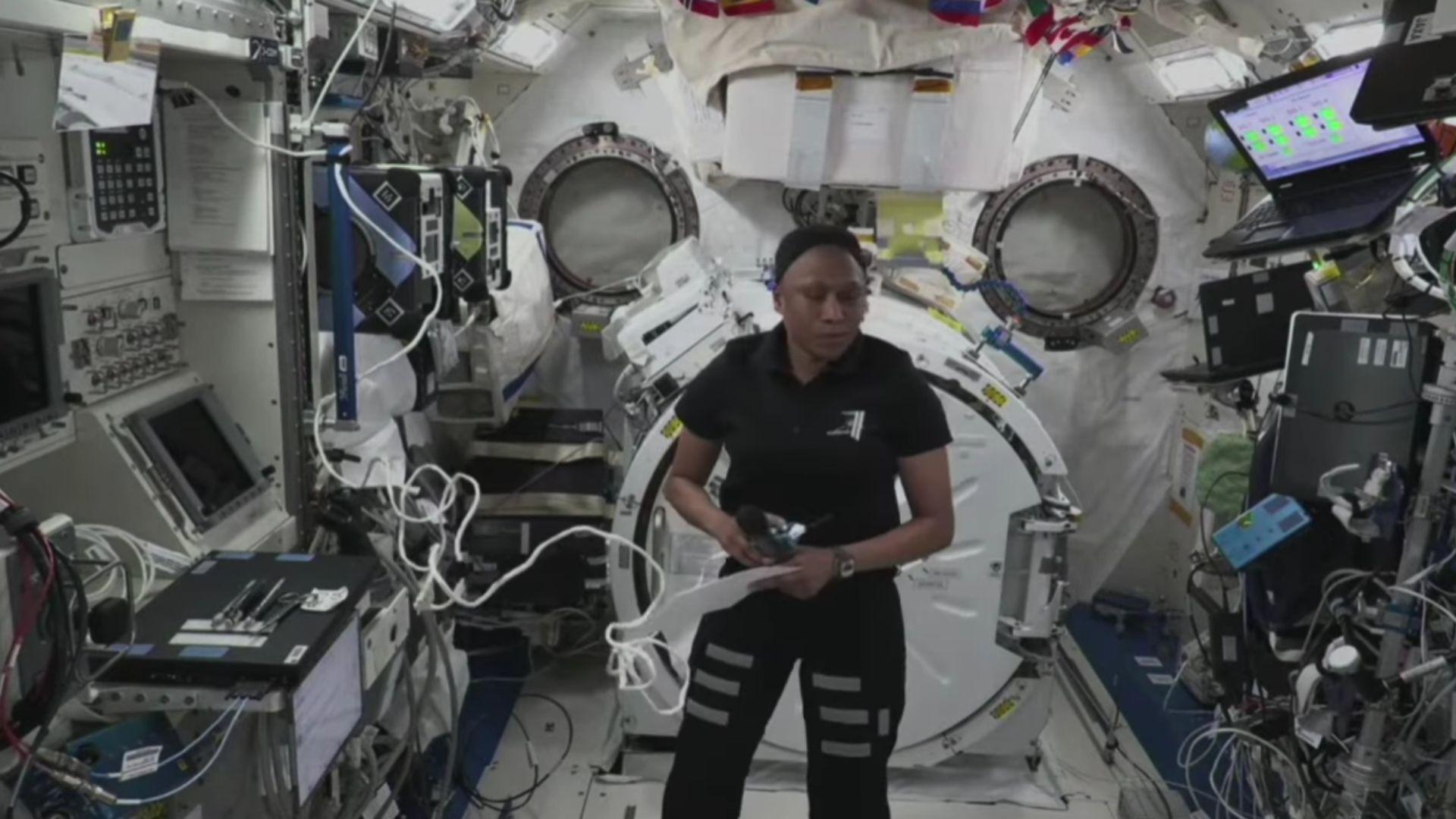
The live Q&A session between NASA astronaut Jeanette Epps and Regeneron ISEF finalists was a remarkable event bridging space and Earth. Speaking from the International Space Station, Epps engaged with the brightest young minds in science, offering unique insights into space-based research and life in orbit. This interaction provided students with a rare opportunity to directly connect with an active astronaut, gaining firsthand knowledge about the challenges and excitement of space exploration.
The session covered various topics, from conducting experiments in microgravity to the future of commercial space travel. This direct communication not only inspired the young scientists but also demonstrated the accessibility of space research to the next generation of innovators.
Thought Provoking Questions by ISEF Finalists
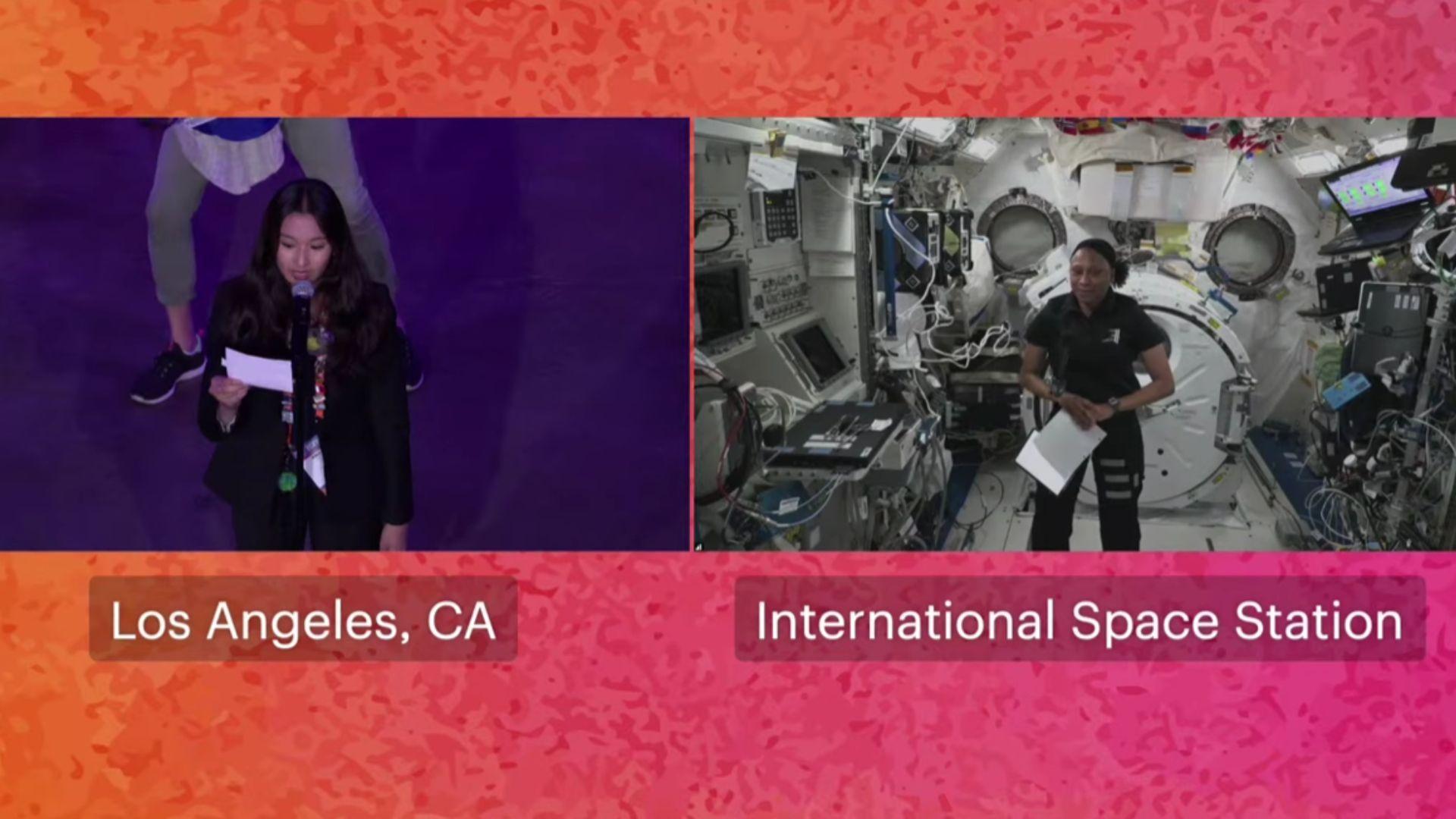
While the ISEF finalists asked a wide range of questions, there were a few more insightful. They inquired about the challenges of conducting research in microgravity, with Epps explaining the meticulous planning required and the unique behavior of materials in space. Students also asked about the privatization and commercialization of space travel, to which Epps responded positively, noting the potential for increased safety statistics with more frequent space travel.
Questions about the qualifications and application process for the NASA Astronaut Corps were addressed, with Epps encouraging persistence in applying. The finalists were curious about the specific experiments conducted on the ISS, leading Epps to discuss her work on human exploration research and materials science. These questions reflected the students’ deep interest in space science and potential careers in the field.
Regeneron ISEF Inspires the Leaders of Tomorrow
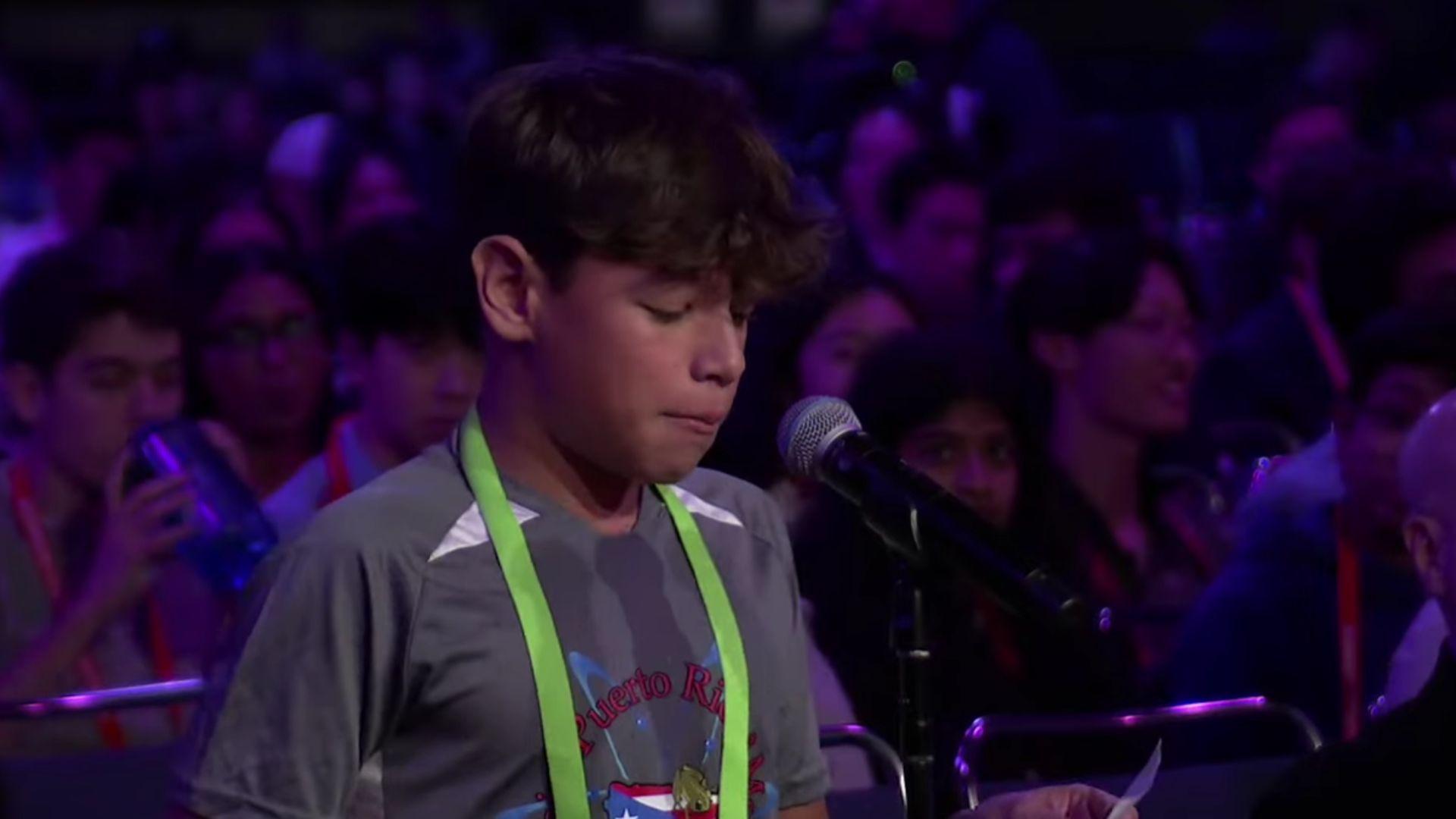
The Regeneron ISEF is one of the leading platforms for young scientists to display their innovative research, and also provides an opportunity to connect with peers all around the world. Furthermore, the ISEF offers the 2,000 finalists the opportunity to compete for over $9 million in awards and prizes.
ISEF also exposes students to potential internships and career paths through STEM college and career fairs. By recognizing and rewarding outstanding projects across various scientific disciplines, ISEF inspires participants to pursue their passion for science and encourages the next generation of innovators to tackle global challenges.
Challenges Planning and Executing Experiments on the International Space Station
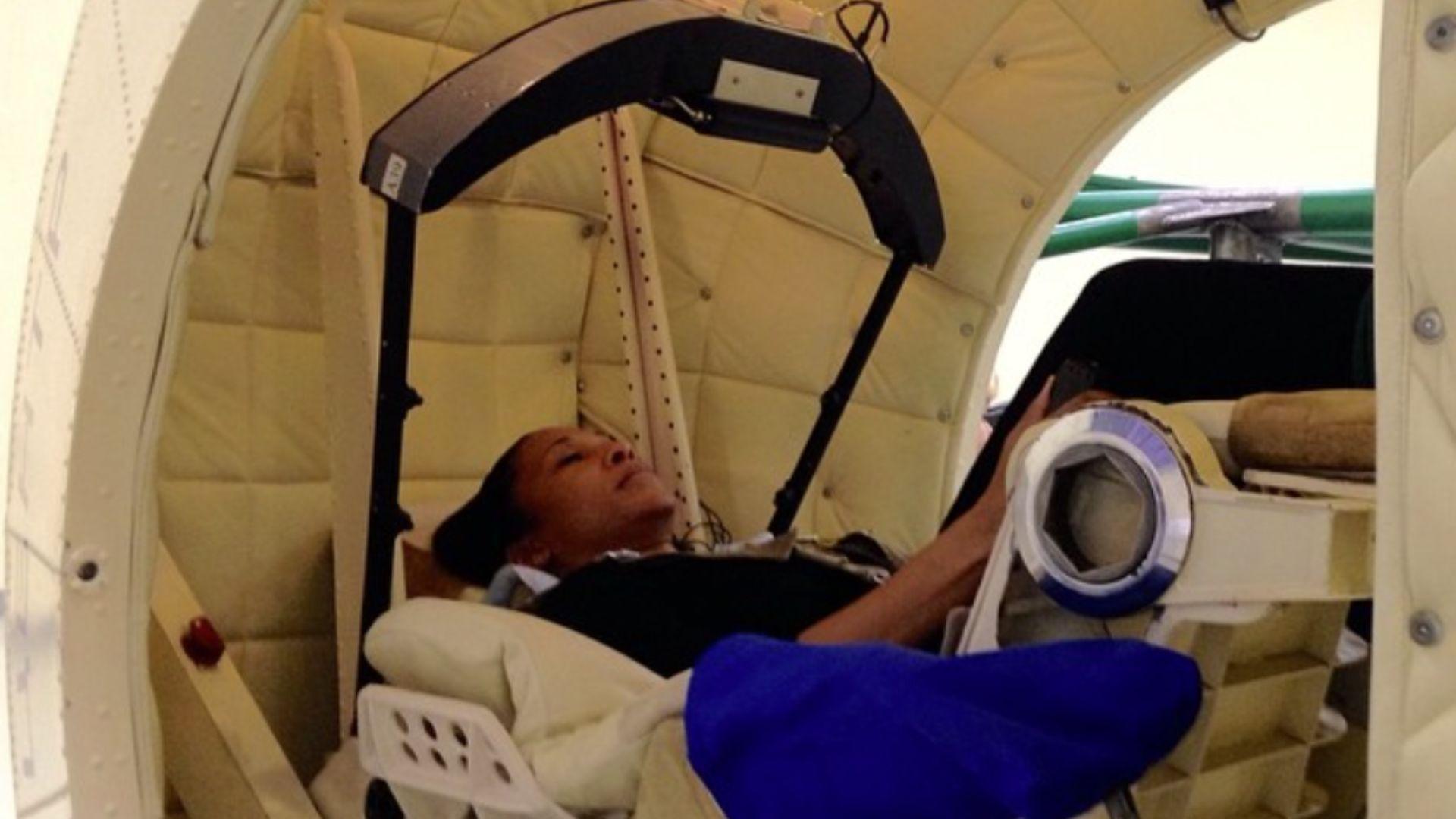
As one could imagine, there is a multitude of challenges in both planning and executing experiments on the International Space Station. The researchers use design the experiments that are able to withstand the launch and continue to function in zero gravity. Furthermore, the small space requires the experiments to be compact and efficient in the setup. Time is another factor, with the crew members having to juggle multiple tasks and experiments.
Researchers must provide detailed, foolproof instructions for astronauts who may not be experts in their field. The unpredictable nature of space can lead to unexpected results or equipment malfunctions, requiring flexible protocols. Data collection and sample preservation for Earth return add another layer of complexity. Despite these challenges, the unique environment of the ISS offers unparalleled opportunities for groundbreaking research in various scientific disciplines
Potential of Commercial Space Flights
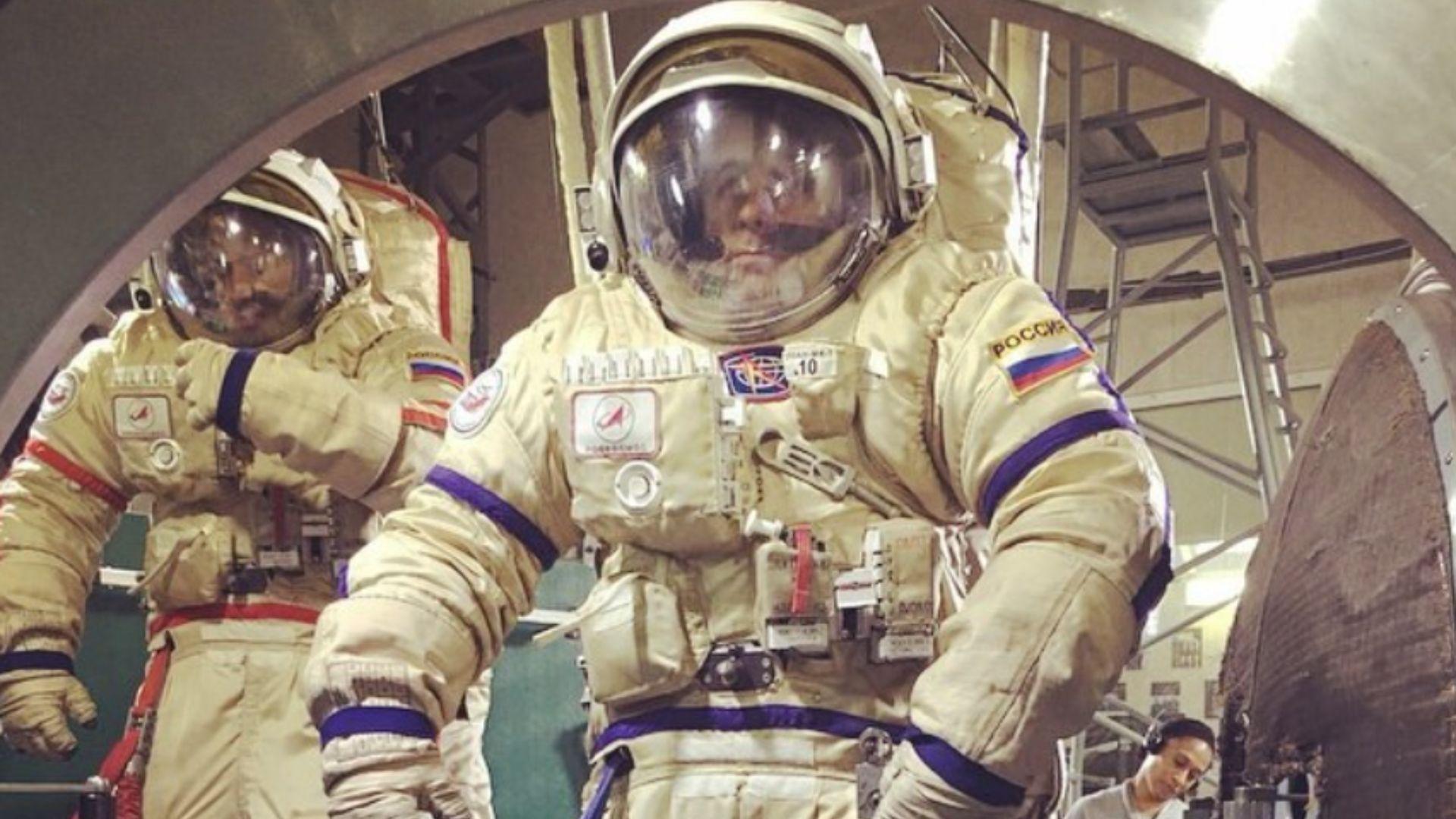
As discussed in the Q&A session with the ISEF finalists, the potential for commercial space flights is quickly expanding. Private companies such as SpaceX, Blue Origin, and Virgin Galactic are in the process of developing technology for both orbital and suborbital human space flight. These ventures could reduce launch costs, which makes space much more accessible for scientific research, satellite deployment, and exploration missions.
Commercial space stations are being planned, which could provide platforms for microgravity research and manufacturing. The increased frequency of space travel could improve safety statistics and technological advancements. This commercialization is expected to drive innovation, create new industries, and potentially open up opportunities for space-based resources utilization. As the sector grows, it may also inspire more youth to pursue careers in space-related fields.
How the Human Body Adapts to Space
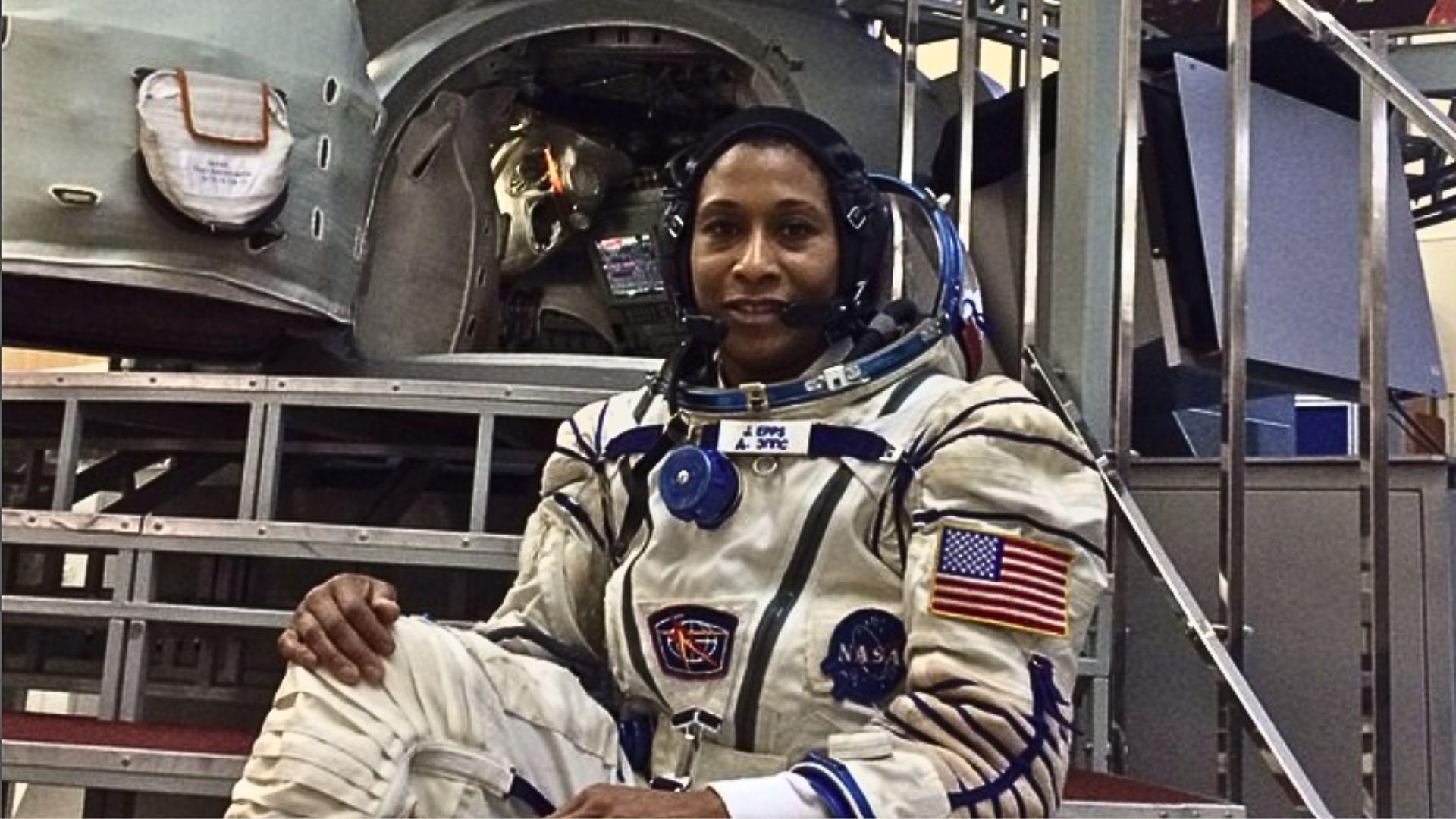
One of the experiments Epps is focused on is human physiology experiments, or how the human body adapts to the space environment. She participated in ocular examinations with the Ultrasound 2 device in order to scan the cornea, lens, and optic nerve. This will help monitor changes in eye health due to microgravity exposure. Furthermore, she conducted eye examinations on astronaut Matthew Dominick, analyzing his retina and optic nerve for the B complex eye health study.
As part of the crew, Epps is likely involved in ongoing physiological monitoring, including blood draws and saliva samples, to study how spaceflight affects the human body. The astronauts serve as both researchers and subjects in these studies, which aim to understand changes in cells, blood composition, bone density, and muscle mass in microgravity.
A Revolutionary 3D Bioprinting Study
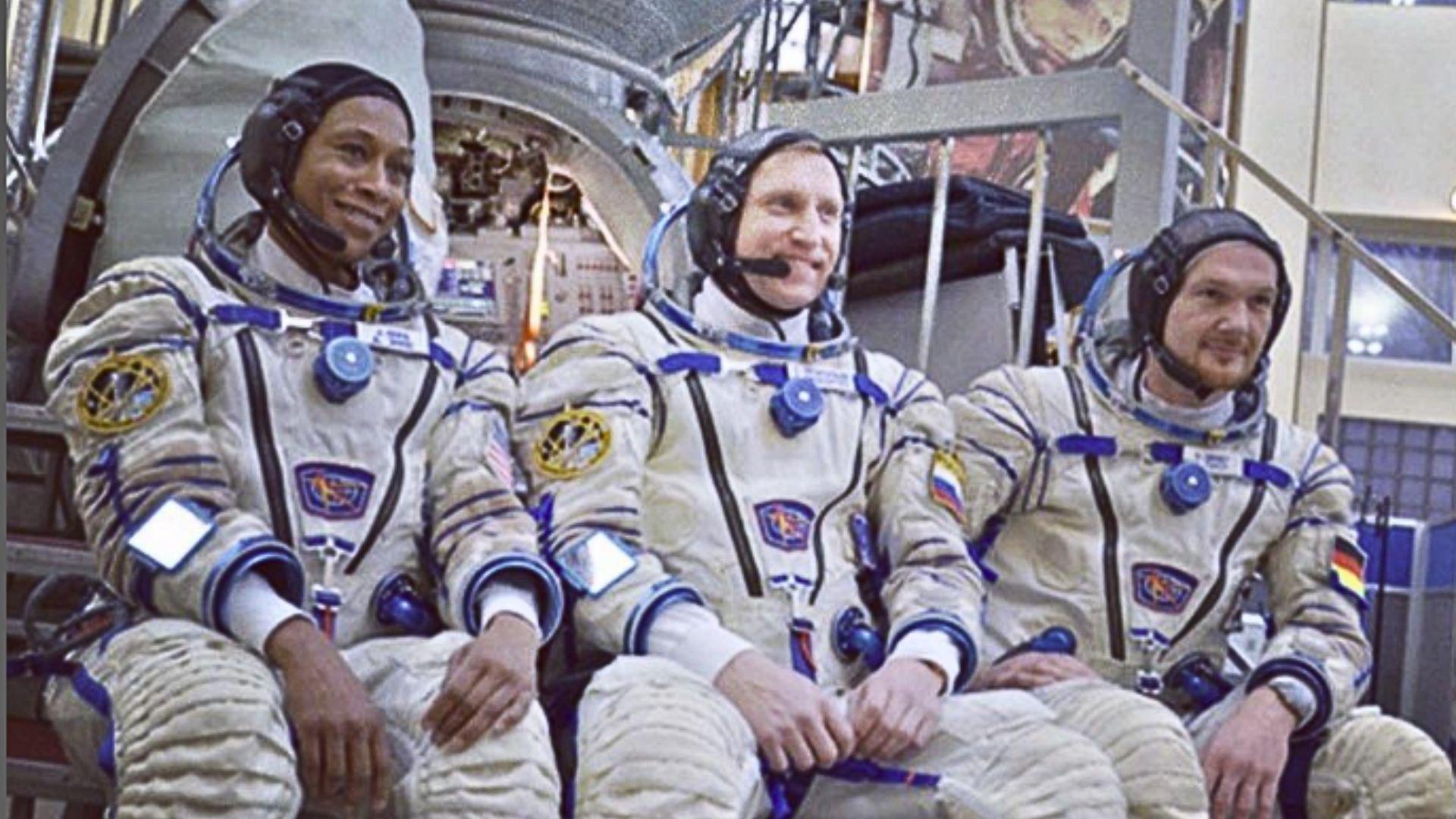
Epps also operated the BioFabrication Facility in order to produce cardiac cell samples as a part of a 3D bioprinting study. The data from this research aims to print food and medical supplies in space and could even revolutionize medical treatments on Earth.
Epps replaced components in the Fluids Integrated Rack, which is used to enhance thermal management systems applicable both in space and on Earth. She is likely involved in experiments studying how materials form, crystallize, and interact in microgravity, as well as research on how materials burn in space. This work contributes to developing fire-resistant and radiation-resistant materials for both space and terrestrial applications.

